Search Images
Browse Content (p. 193)
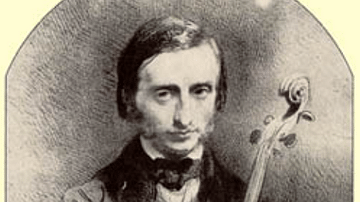
Image
Young Jacques Offenbach
An illustrated portrait of a young Jacques Offenbach (1819-1880) playing the cello. Made in 1850.
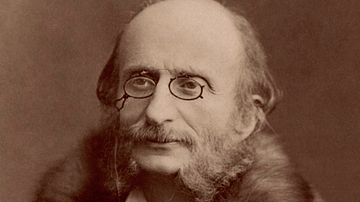
Image
Jacques Offenbach
A photograph of the composer Jacques Offenbach (1819-1880). Taken by Nadar in the 1860s. (Bibliotheque Nationale de France)
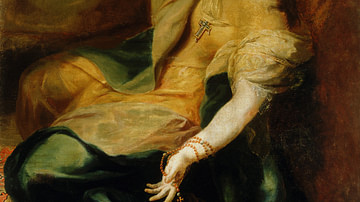
Image
St. Eleonora
St. Eleonora (c. 1223-1291), oil on canvas by Johann Michael Rottmayr, 1716.
National Gallery of Slovenia, Slovenia
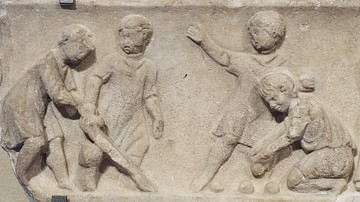
Image
Roman Children Playing
Children playing ball games. Marble Roman artwork of the second quarter of the 2nd century CE.
Probably a fragment of a Roman sarcophagus.
Louvre, Paris.
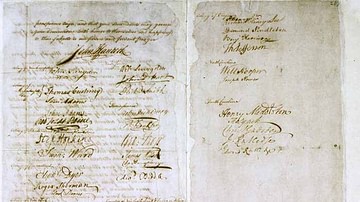
Image
Signature Page of the Olive Branch Petition
The signature page of the Olive Branch Petition of 5 July 1775, the last attempt made by the Second Continental Congress to avoid a war with Great Britain. This is a scan of an original photo from the US Library of Congress.
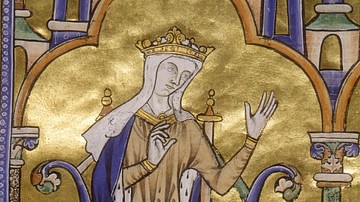
Image
Blanche of Castile from the Moralized Bible
Blanche of Castile (1188-1252) from the Moralized Bible, Illuminated Manuscript, c. 1227-1234
The Morgan Library and Museum, New York City, New York
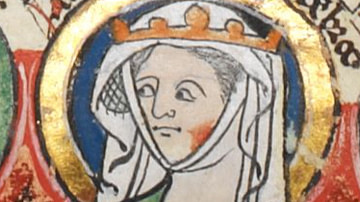
Image
Eleanor of England, Countess of Leicester
Eleanor of England, Countess of Leicester (1215–1275), Illuminated Manuscript Unknown Artist, c. 1300-1308. Taken from the Genealogical Roll of the Kings of England. (British Library, London)
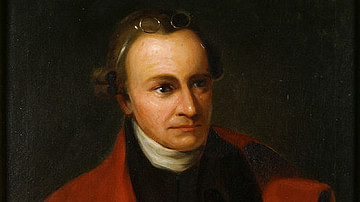
Image
Patrick Henry
Portrait of Patrick Henry (1736-1799), a Virginian statesman and Founding Father of the United States. Oil on canvas by George Bagby Matthews after an original by Thomas Sully, circa 1891.
United States Congress Collection, Washington D.C.
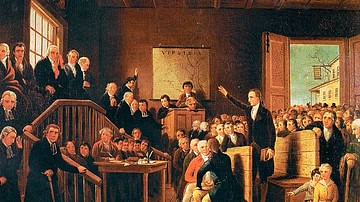
Image
Patrick Henry Arguing the Parson's Cause
Patrick Henry as a young lawyer arguing the Parson's Cause. Oil on canvas by George Cooke, c. 1834.
Virginia Historical Society, Richmond.
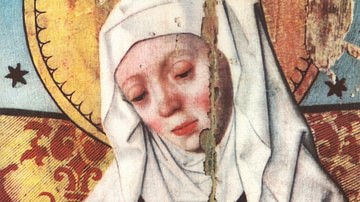
Image
Saint Bridget of Sweden
Saint Bridget of Sweden (1303-1373), Saint Bridget on an Altar Piece, Hermann Rode, late 15th century. Taken from "The Swedish people through the ages. Our country's cultural history in descriptions and images. The second volume. The medieval...